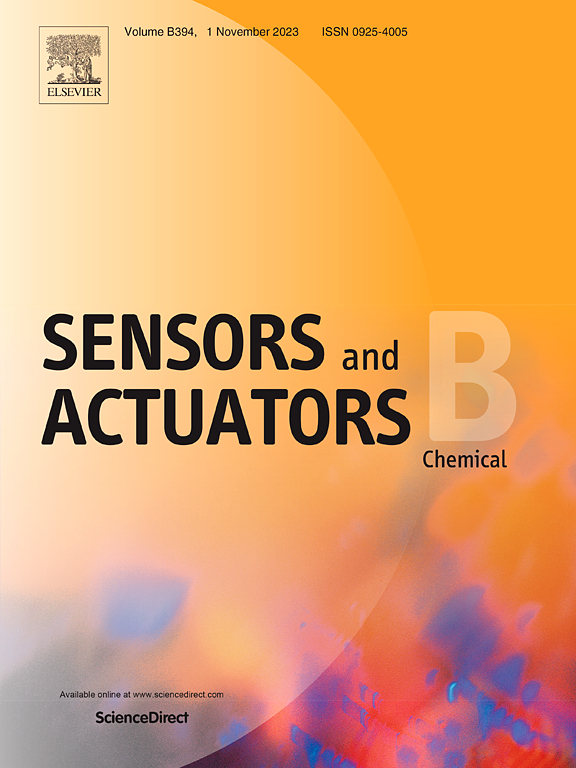A label-free fluorescent aptasensor for AFB1 and AFM1 based on the aptamer tailoring strategy and synergistic signal amplification of HCR and MoS2 nanosheets
IF 8
1区 化学
Q1 CHEMISTRY, ANALYTICAL
引用次数: 0
Abstract
Effective truncation and mutation can obtain highly active nucleic acid aptamers for the target, especially avoiding non-specific binding, uncertainty to the tertiary structure and low binding affinity of the lengthy aptamer. In this work, a new aptamer, T-AF28 (28 nt) with better affinity to AFB1 was obtained by truncating 22 bases and mutating 3 bases of the reported AFB1 aptamer (50 nt), and the thermodynamic information, structural changes and binding domains of aptamer T-AF28 in the presence of AFB1 or AFM1 were further investigated by isothermal titration calorimetry, circular dichroism, and molecular dynamics. On this basis, Using optimized aptamers as recognition elements, a novel label-free and enzyme-free fluorescent aptasensor for AFB1 and AFM1 was developed by synergistic amplification effect of hybridization chain reaction (HCR) coupled molybdenum disulfide nanosheets and copper nanoparticles in situ synthesized (CuNPs) on an extra-long double-stranded template generated by HCR as the fluorescent probe. Under the optimal experimental conditions, sensitive and selective fluorescent detection of AFB1 and AFM1 was achieved with wide linear detection ranges of 0.030 ng/mL-46.8 ng/mL and 0.030 ng/mL-32.8 ng/mL, respectively. And this aptasensor can be applied to accurate detection of AFB1 and AFM1 in grains, edible oil, tea, and milk with the recovery in the range of 85.20 %-117.0 %. This work not only provides a theoretical basis for the design of AFB1 and AFM1 aptasensors and expands the application of AFB1 aptasensors in the field of food safety, but also breaks a new path for the development of HCR-MoS2Ns CuNPs aptasensors.
求助全文
约1分钟内获得全文
求助全文
来源期刊

Sensors and Actuators B: Chemical
工程技术-电化学
CiteScore
14.60
自引率
11.90%
发文量
1776
审稿时长
3.2 months
期刊介绍:
Sensors & Actuators, B: Chemical is an international journal focused on the research and development of chemical transducers. It covers chemical sensors and biosensors, chemical actuators, and analytical microsystems. The journal is interdisciplinary, aiming to publish original works showcasing substantial advancements beyond the current state of the art in these fields, with practical applicability to solving meaningful analytical problems. Review articles are accepted by invitation from an Editor of the journal.
 求助内容:
求助内容: 应助结果提醒方式:
应助结果提醒方式:


